Film Friday, Swanage Steam Railway – Traveling back to the 1940’s
These images are all taken using a Nikon FM2n, loaded with Ilford XP2 Super black and white film. I used a black and white film on the day I visited the wonderful Swanage steam railway project as I felt it was perfect to capture the atmosphere of a 1940’s experience.
Sometimes when your out for the day with a camera, its the experience of finding subjects that’s the most enjoyable part of the day, on this day however it was the enjoyment of taking a trip into the past and enjoying the feeling that you had slipped back into the countryside of the 1940’s, taking these images was just a process of recording the moments.
Here is a small introduction to this great project.
Welcome to Swanage Railway
The Swanage Railway offers a more intensive heritage steam and diesel timetable train service than virtually any other preserved railway.
Steam and diesel galas, Family events plus regular Evening Dining and Sunday Lunch services complement themed events such as our highly popular Santa Special trains during the run up to Christmas.
Our award-winning standard gauge preserved steam railway is located in Dorset with easy access from neighbouring Hampshire and the South of England. Visitors can experience a unique journey through six miles of beautiful scenery passing the magnificent ruins of Corfe Castle, travelling down to the blue flag beach at Swanage.
You can even drive and fire your own steam train thanks to our one-hour footplate taster experiences
Swanage Steam railway a Film Gallery
Film Photography, Was it as good as we think ?
Thanks to Sharon Walters Knight a fellow WordPress blogger and Facebook friend , I have in the last three weeks started to take a look again at 35mm film photography.
Over the last three years or so Film is starting to make a big come back, mainly with the help of film suppliers and film fan supporters lomography, they sell and process films along with camera bodies and offer some great new ideas as to how to use film and get some creative results from it.
I have just finished shooting my first role of 35mm black and white film supplied from Lomography Europe, using my Nikon FM2 and when I get time this week I will post this roll of film off to them and wait for the negatives and online scans to appear!
For the moment I have been looking at some of my old negatives and scanning them, the results are good I feel for these old black and white frames, My impression of how film compares to current Digital cameras is one of surprise, I love the grainy and organic feel to black and white films!
I had not realized since I stopped looking at film as my main photography medium, just how much digital has moved forward year on year! I feel that even when scanning a film frame at 10 megapixels with a good scanner, even with ISO 100 film the detail is so much less that can be found in todays digital sensors. Film grain is loved by many, yet when you look closely a lot of the image details are lost in this grain. A simple fact however when using film is that while digital cameras have kept developing all the time, film scanner have not. Another fact often lost today is that film was not designed with scanners in mind but with wet/dark room printing on light sensitive photo-papers, often designed by the film suppliers to match the film being used. Thus it could still be true that the best results when printing from film can be achieved in the dark room and not using a scanner at all!
I still love the idea of using a film camera at times when you want to use a simple process and travel light, just packing a film camera, a few lenses and rolls of film, without the need to take battery chargers and laptops with you. Another fact is that Film cameras work better when your outside and need to keep changing lenses, you never have to worry about dust and dirt getting to your sensor!
Here are some film shots I have taken over the years, at some point this week I will post more on them, including some closer looks at just how much detail is in the full sized images and just how film grain looks at 100% print size.
Ilfords Black and white film Gallery
When Dorothea Lange Visited Ireland in 1954
For myself, Dorothea Lange is right at the top of my list of most loved Portrait photographers, I find her images just amazing even after all the years that have passed since she took them.It is amazing the range of her photography work and telling just how brave and out there she was to capture the vast majority of her subjects. During the great depression in the USA she captured the massive Migrant of farmers from east to west (Dorothea Lange : Migrant Farm Families ).
I have studied much of her great depression images and I am in love and have total admiration with them as a body of work, a hugely important historic study !!!!
One body of Dorothea’s work that I have until recently not looked at, is here images of 1950’s Ireland, I have shared a couple here, living in Ireland for this last ten years or so I have visited and photographed many of the locations she visited – so its wonderful to see these images and amazing to compare just how much life and these places has changed.
I am only starting to collect some books and look at the images from her 1954 Irish visit, however as you cam see the b
lack and white film images she took at just amazing !!!!
Hastings – A Morning walk.
A Morning Walk at Hastings
These images were taken on a visit to the coastal town of Hastings , way back in the 1990’s . I remember that I had just invested in a Nikon FM2 Camera which I still own. Getting up very early one summers morning I loaded some Kodak Ektar 100 colour film and went for a walk along the sea front.
Hastings is a great sea side town located on the south coast of the UK and a wonderful place to get some beach and sea front images, I remember being really pleased with these images and encouraged to keep taking more.
I think finding a good location for your photography is key to keeping you going and learning as much as you can about using your camera and adding to your photography skills.
Hastings a Gallery
What to do with Green in the landscape ? – using Black and White.

Green in the Landscape, using Black and white
Irish Landscape photography : Nigel Borrington
One of my all-time favourite photographers James Ravilious, once while being interviewed by the BBC said about the colour Green in the Landscape :
“England is a very green country, and “greenness” creates a monotonal view, and one that it’s difficult to achieve much contrast or colour gradation in. Transposing to black and white allows you a richer tone palatte, and to draw attention to the subject more subtly. Black and white contains a bright silver to deep black tone range in landscape images and thus turns a green flat image into a wonderful tonal picture”
This monochrome effect in landscape images is something that has always interested me, Landscape photographers like Ravilious used Black and white film, which when developed correctly in the dark room produces the wonderful tones he talks about.
 River Torridge at Sunrise © James Ravilious
River Torridge at Sunrise © James Ravilious
I have worked for a long time to both find landscape subjects and black and white processes that can help in getting me close to the same results.

Woodstock country gardens, County Kilkenny, Photography : Nigel Borrington
Black and white image, processed in photoshop CS6 and taken with a fujifilm X100
This blog contains many of the black and white landscape images I have taken and in the Gallery below I want to use some local Landscape images to show, how landscapes taken in colour can look when processed in Black and white.
I have placed the colour images first followed by the black and white images, have a good look at them, see what you think and comment if you like.
Some photographers don’t get black and white others love it and will only produce images in monochrome.
Green or Black and white Gallery
The Grand Union Canal, Walking through time.

Grand Union canal, Harefield, Hillingdon, London, England.
Landscape Photography : Nigel Borrington
Grand Union canal, Harefield (1988 to 2014)
Up until some 18 years ago I lived and worked in Harrow , Middlesex, North London. Working in the IT industry with long hours and shift work included. I really Valued my time off and would spend a lot of my weekends out walking in the country around North London. The Grand Union Canal was one of my most visited locations , it runs from Inner London to Birmingham in the Midlands of the UK.
Recently I took some time off to visit the Canal again after some twenty six years, It was great after all this time to get back and walk some old steps, I had no idea what could have changed. When I got back I remembered that I must have some old images taken during my original walks here.
So when I got back home to Ireland, I found some black and white images of an old canal side factory that marked the start of my walks, the images below show just how little the building has changed. It looks like it is just used for smaller office units these days but apart from this, its still very much looks like the place in my film images.
It was great to walk these old places, I have very good memories of walking and doing my best to relax after a long working week and to get a fresh image of the old canal in my mind was just great.
Film Gallery (1988), using a Nikon FM2 and Ilford XP2 Black and white film
Digital Gallery (2014), using a Fujifilm X100.
SMC Takumar 50mm f1.4

SMC Takumar 50mm f1.4
Photography : Nigel Borrington
SMC Takumar 50mm f1.4, classic lens
Over the last couple of months I have posted a little about the quality of older lenses and uploaded some sample images. These post have included a review of the ( 28mm HMC Hoya m42 lens and the Tamron 24mm f2.5 lens).
One other much loved lens I have been lucky to find in great condition is a SMC Takumar 50mm f1.4 M42 Lens. I have owned this lens for a good while and still use it from time to time.
Firstly what is an M42 lens , well this wikipedia article describes these very well, basically they are lenses with a mount to a camera body that was designed to be universal, as to fit any camera designed with an M42 mount.
The stand out feature resulting from this mount is that they use a manual method of control for their aperture blades. Many of these lenses have a switch that can be used to keep the aperture blades wide open when manually focusing the lens then close them down to the required aperture during taking the image, as the view finder maybe to dark to focus otherwise.
I can hear many people asking “Why then would you want to use such a manually controlled lens ?*
Since M42 lenses, lens and Camera manufactures have put much work in-to the development of, firstly Auto Aperture lenses (Apertures controlled by the camera body) then Autofocus lenses with an ability to focus on up-to fifty focus points with an ability to selection from one of them in an image being framed. These developments have opened up a new world to photography, such as sports images that have very quick moving subject in perfect focus.
However there is still a place for old lenses, Landscape or portrait photographs for example do not automatically need auto focus.
Older lenses also offer abilities and features that have been lost in an age of autofocus cameras, abilities such as using hyper focus control for example (Lens Hyper-focus), a method of using lens apertures and focus distance to make sure that a pre-set amount of subjects in your image will automatically be in focus at any given distance range from the lens. In an age of high ISO performance, digital technology, this method is more usable than ever before as you can use Higher ISO settings and ever slower F-stop numbers such as F11 (Thus have a larger depth of subjects in your image in focus) and still achieve fast shutter speeds to capture clean usable images.
As you can see from the images of the Lens above manual focus lenses all contain much needed details such as the aperture being used the focus distance and the depth of field for each aperture.
The two other features that I really like about this Takumar lens are the construction and image quality.
The focus control on the lens is a pleasure to use it is very smooth to turn and wonderful in comparison to even my Pro level Nikon autofocus lenses.
Even though it may appear that this lens has been left behind some as far as new lenses are concerned, the image quality is hard to beat. You can see from the images below that there is no lens flare even when pointed at the sun, the images are sharp from about F2 upwards.
One feature that I feel could be the case is that when these lenses were developed, Black and White film photography was very much still being used as much as colour film was. The coatings on these lenses I feel thus gives a wonderful contrast and deep colour to digital images along with being perfect for great contrast in black and white images.
SMC Takumar 50mm f1.4, Gallery
What is Lens Bokeh ?

Led lights and Lens Bokeh
Nigel Borrington
What is Bokeh
Wiki have a great description here : Lens Bokeh
“In photography, bokeh is the aesthetic quality of the blur, in out-of-focus areas of an image. Bokeh has been defined as “the way the lens renders out-of-focus points of light”.
However, differences in lens aberrations and aperture shape cause some lens designs to blur the image in a way that is pleasing to the eye, while others produce blurring that is unpleasant or distracting.
Bokeh is often most visible around small background highlights, such as specular reflections and light sources, which is why it is often associated with such areas.
However, bokeh is not limited to highlights; blur occurs in all out-of-focus regions of the image.”
I have been looking for a way to test this feature of my lenses for a little time, then at Christmas we put up some little led lamps as below. So using two different lenses one a Nikon 50mm f1.8 lens and A Mamiya 45mm f2.8 lens I took some images of the lights, with the lens as out of focus as I could get them.
I think that the images below clearly show the effects that are described in the Wiki link, seeing clearly the effects of the number of aperture blades and their shape.
The Nikon lens as seven blade but they are not curved , the Mamiya lens blades are curved. You can clearly see that the shapes created are very different.
Lens Bokeh examples
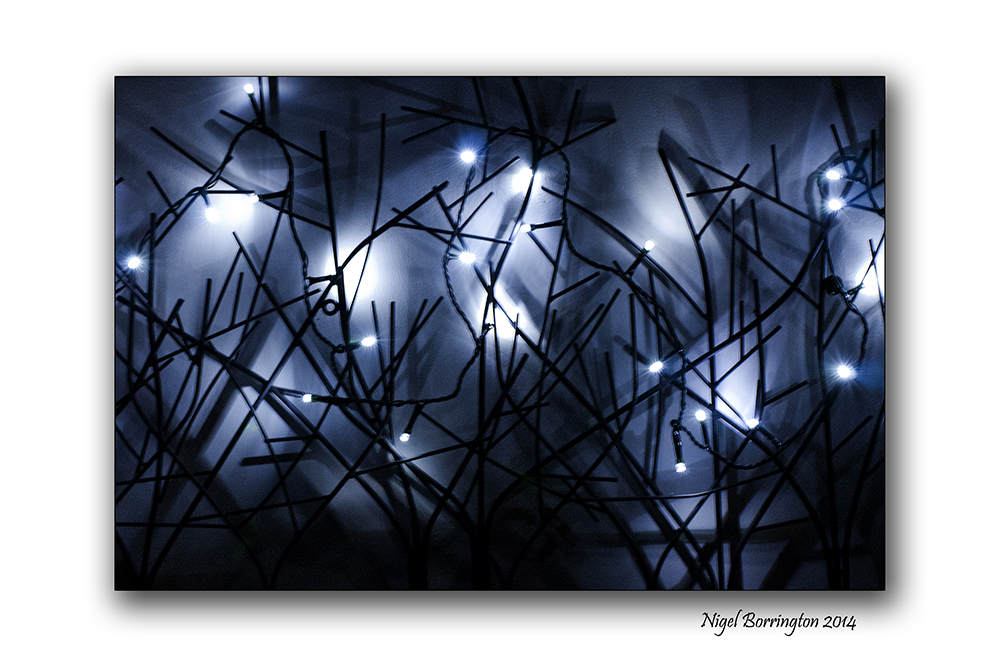
Led light used for examples below
.
Mamiya Sekor lens
Nikom AIS Lens
Going Square format

The Grange viewing point , County Tipperary
Landscape Photography : Nigel Borrington
Square format in the landscape
The concept of Square format images in photography dates back to its beginnings.
The idea of using this format makes great sense when you think about it, a lens placed at the front of the camera produces a fully round image so the idea of drawing a square in the centre of this circle and using this square for image produced on an exposed sheet of film would appear to make the best use of the lens for the final image.
In film cameras a camera that produces a square image is usually referred to as a 6×6 or 12×12, these figures referring to the size of the exposed film area. I have used and owned different 6×6 film camera using one during my photography course and for sometime after.
These are the basics of square format film cameras , today most Digital cameras work in a 6×4 image format, meaning that one side of the final image is 1/3 bigger in its dimensions that the other. Some digital cameras however (Such as the Canon G1 x) offer format options, because a sensor unlike film uses pixels to measure its dimensions, square format is now called 1×1.
Working with a digital camera in Square format your most likely going to use the LCD screen on the back of the camera to frame your image, cameras with electronic viewfinders however will show you the same 1×1 view of your subject. A camera with an optical view finder most likely cannot show you the view you need.
If you camera cannot work in anything other that 6×4 format , one trick if you want to produce a square image is to get some scotch tape and use it to square off the live view image that you see on you LCD screen, this will at least let you frame you image for this format.
Square format in the landscape
Ok, so that’s a little bit about the history of this image format and how to produce images using it today, so what about the landscape images produced in Square format.
Yesterday, I took my Canon G1x out on a walk and set it up for a 1×1 image size, Personally I really like using this format.
Many Landscape photographers don’t and I fully understand why, the main reason is that you do not get the same width to your images, this width would appear to be a basic feature of producing a Landscape photo. The idea of removing 1/3 of the image width would appear to be to limiting and it can be, but not always.
Personally I feel the very benefits that come with wide landscape images can also be a problem, some images need to be restrained in their content to reduce distraction, a square format is a great solution.
I feel that with a square image you gain the exact same hight to your image and this lets you include tall features like poles and trees or an old house , yet you can more easily confine your image to just these main subjects.
I have done my best in the images below to try and explore this and show what I feel is the benefits to going square format with your camera.
Square format Gallery
Wet photo days on the canal

Nikon Fm2n, 35mm f2.5 lens
Kodak T-max 100, film
Nigel Borrington
I took these images back in 1986, with my then first SLR camera a Nikon fm2n, we were holidaying on a long boat that you can see in the second photo, for a week.
From what I can remember I don’t think we had one day without it raining and spent most of the time in the boat in front of a fire or in a pub drying out, its funny, at the same time you remember moments like this with great fondness!
This set of images has also reminded me to get back on track for my DIY film development project, I made a few phone calls and just need to go collect everything that I finally need to get on.

Nikon Fm2n, 35mm f2.5 lens
Kodak T-max 100, film
Film Photography kit
Film Development kit…
Its Arrived my new film development tank, ordered from ebay about a week ago.
All I need now is the chemicals and someone has told me that a photography shop in Waterford sells everything I need, so when I get time I will drive down to them. After that I am ready to go, I am very excited about this its years since I developed a film and I cannot wait to see how it turns out!
Artic Penguin – Inveraray
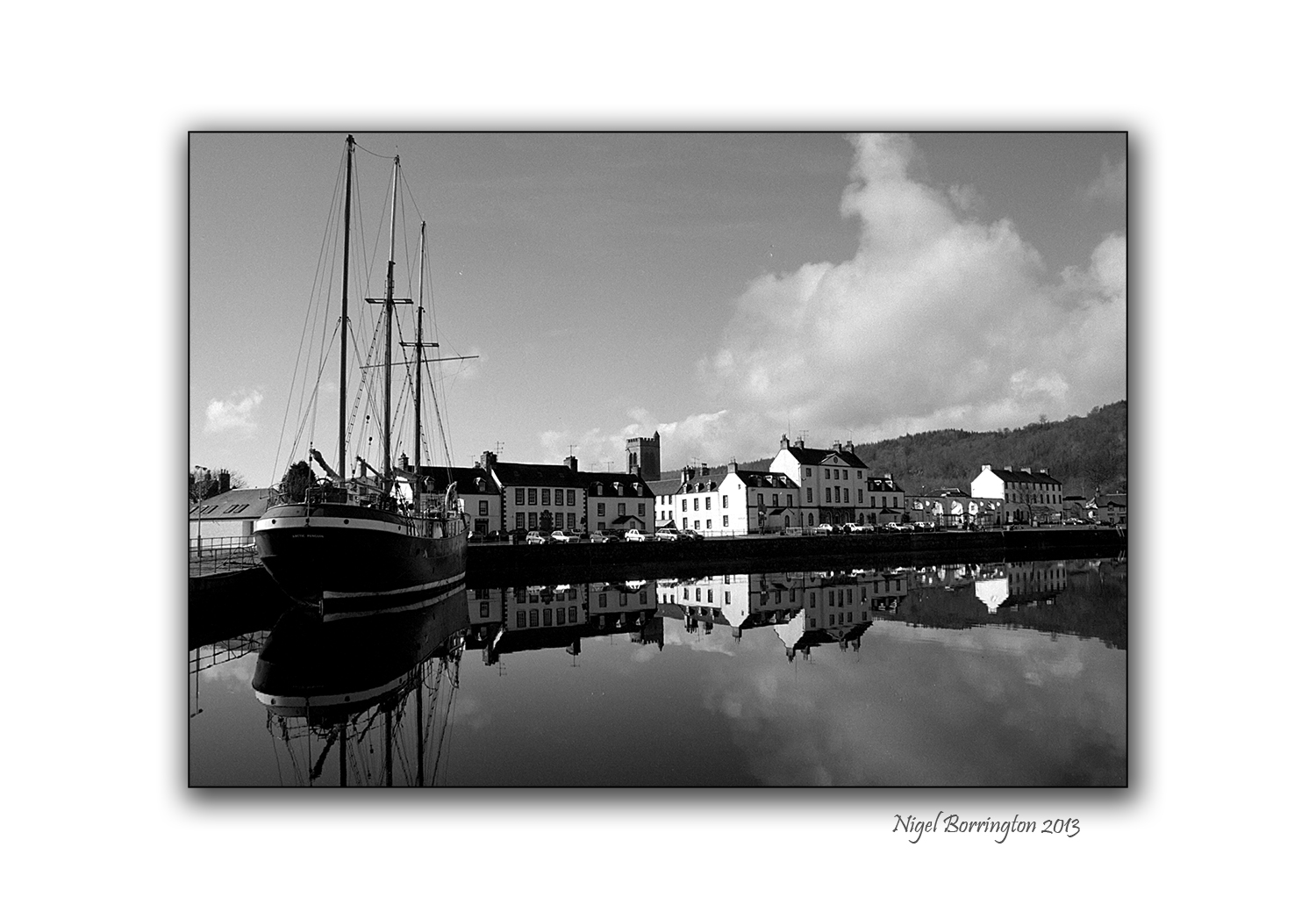
Nikon F90x
Ilford XP2
Nikon 50mm f1.4 lens
Sitting on the quays at Inveraray in Argyll and Bute, Scotland, the Artic Penguin now rests.
She had the following History
History
1910 Named: PENGUIN as lightship for the Irish Lighthouse Service – cost £7,230. Flag: Ireland
1966 Sold to T.E. McSweeney and converted into a Youth Adventure Sea Training Vessel Renamed: HALLOWE’EN Flag: United Kingdom
1982 Sold to Mr D. Norris and converted to a schooner. Cruise Boat Renamed: ARCTIC PENGUIN Moored close to the eastern shore of The Gareloch where her new owner single-handedly fitted her with twin diesel engines. All the work, the boring out of the stern propellor tubes, the fitting of the necessary external propellor shaft brackets, the propellor shafts and the propellors was all done without the ship being docked or slipped.
1995 Maritime Museum at Inveraray Pier
Today she enjoys one of the best views Scotland has to offer.

Nikon F90x
Ilford XP2
Nikon 50mm f1.4 lens
Inveraray sits on the A83 between Glasgow and Oban/Argyll, I have driven this route many times and stopping to look at the Artic Penguin and loch Fyne was something I did every time, just a fantastic view.
I am planning to return in November this year and cannot wait!
Nikon F90x
Ilford XP2
Nikon 50mm f1.4 lens
Nigel …
The Church window (North Mimms church)
The window at North mimms church
Ilford XP2, 35mm film
Nikon FM2n
50mm f1.8 lens
The wonderful darks and contrasts in this shot is one of the biggest reasons I want to have a small go at using film again.
I will never use film again as my main medium but I am going to include it in a planned way for the most appropriate subjects and with black and white film only.
Film photography
It has been some time since I loaded a film into this old camera and shot all of 36 exposures and then sent it off to be processed or had a go myself.
For many years I have been using Nikon/fujifilm digital equipment and photoshop to process all resulting images but in the last few week I had a request to scan some old slides and film, I had a Minolta film scanner in the loft so down it came and I set it up again.
After I finished doing this work for them I left the scanner sitting there and kept looking at it for a little time then I found lots of my old film stock. I could not resist the need to see them again so I scanned many of them back in to my pc.
The only remaining film camera I had was a fully manual Nikon Fm2n that I also had in the loft. So I realised that a return to using film is well within my grasp. This along with my father’s old Agfa camera (Post…) will be great fun to use.
I have created a new film photography category on my blog menu in order to share this journey with you as I hopefully begin to enjoy this form of photography again. I hope also that you find this area useful if you want to do the same.
Nigel




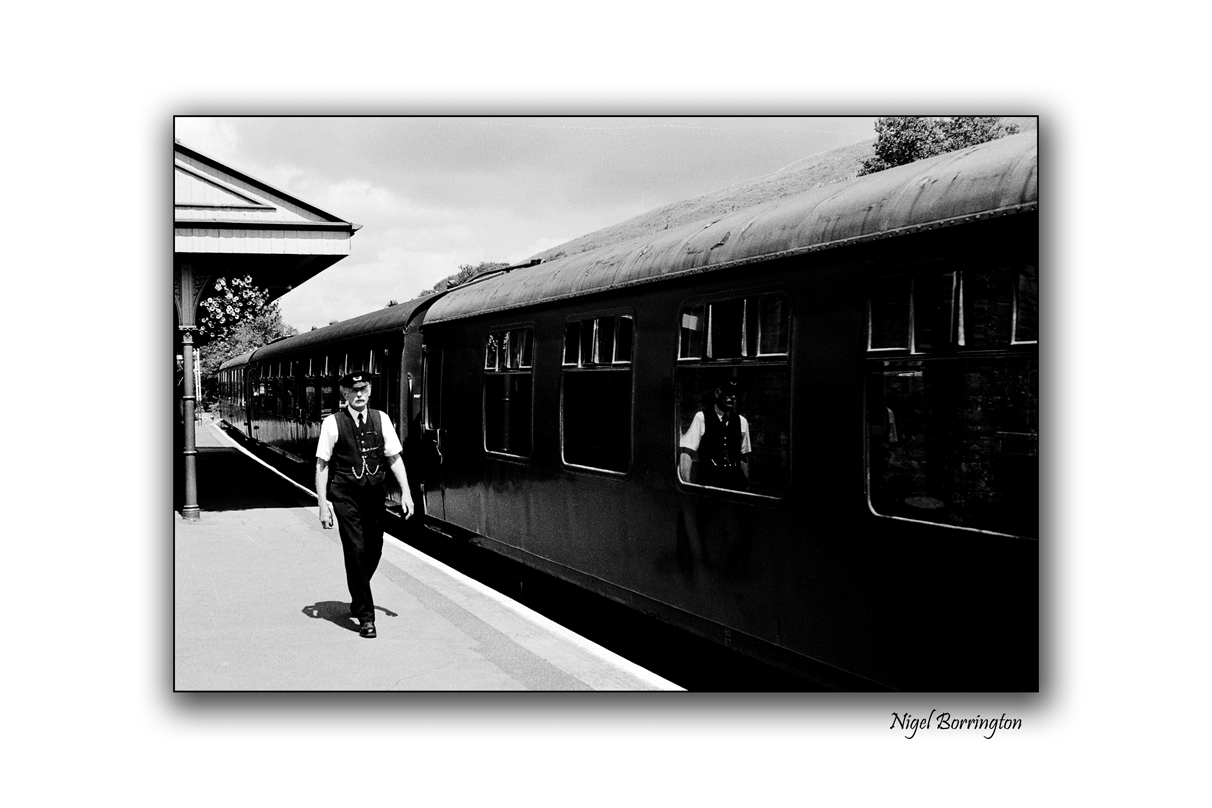
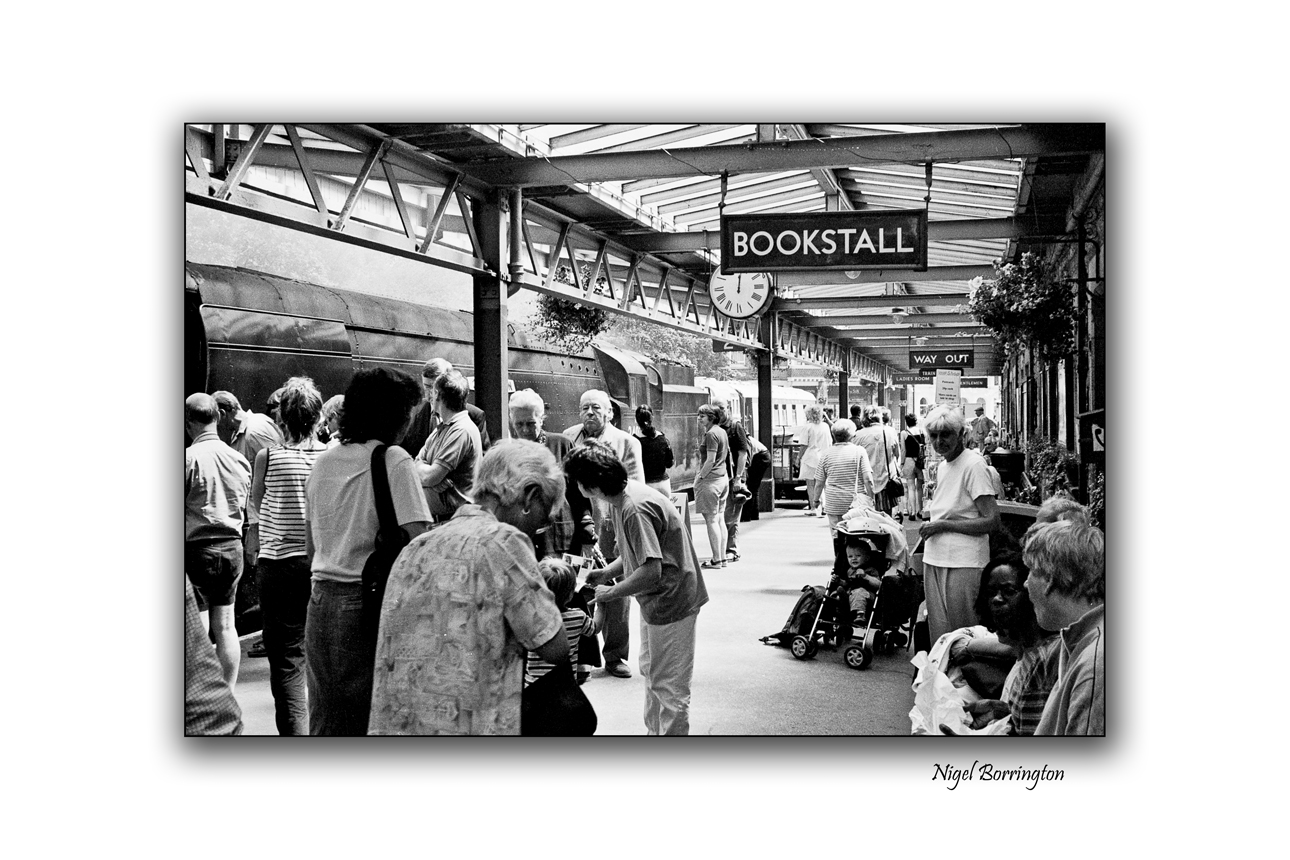

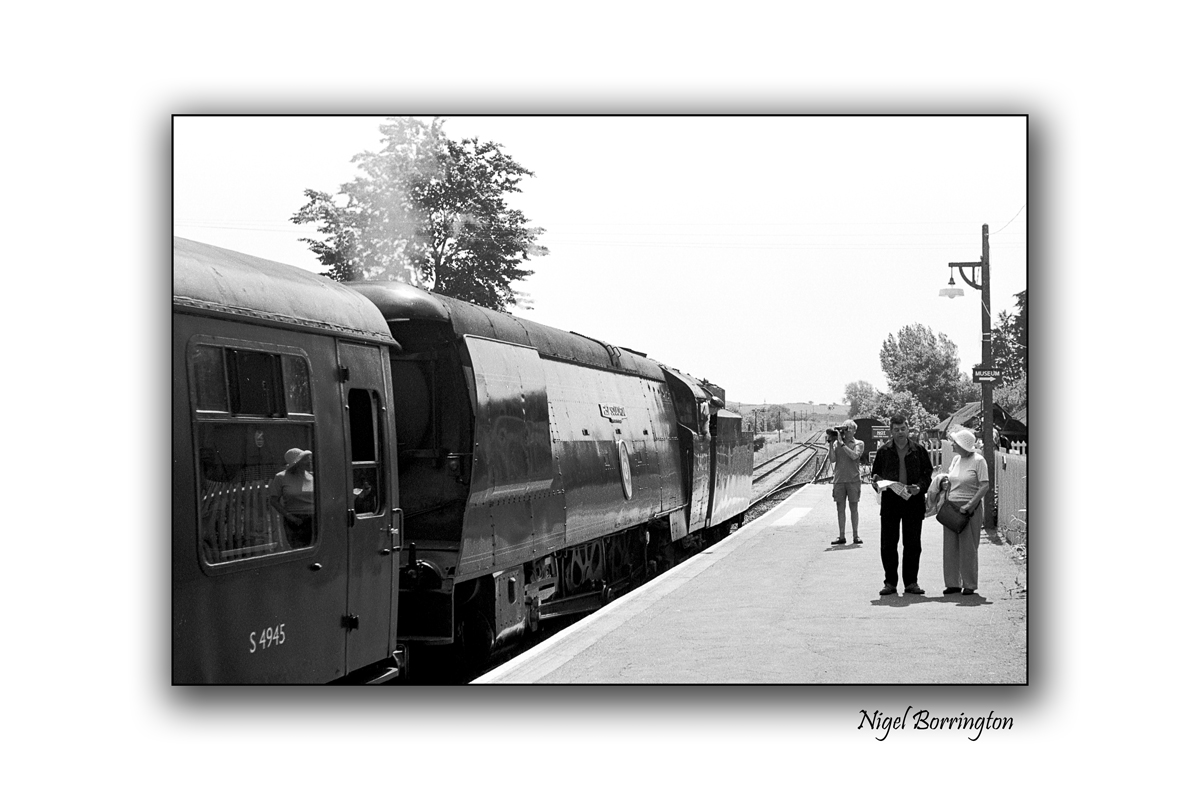
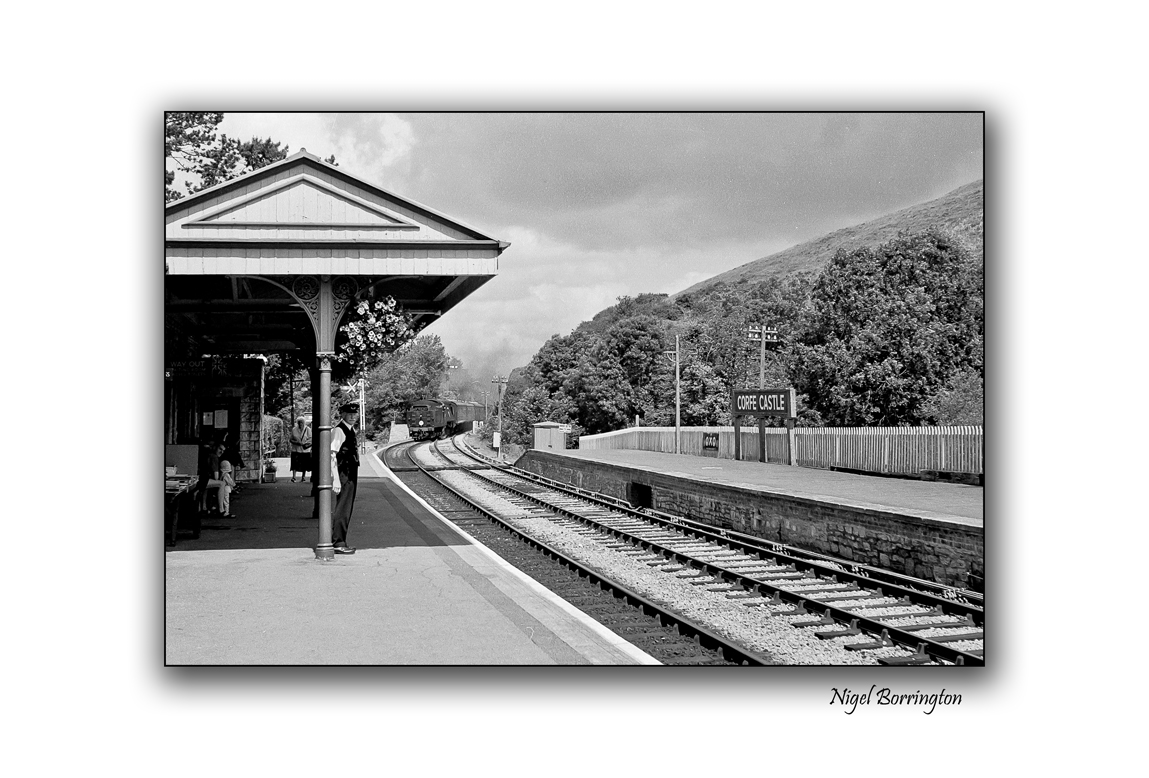
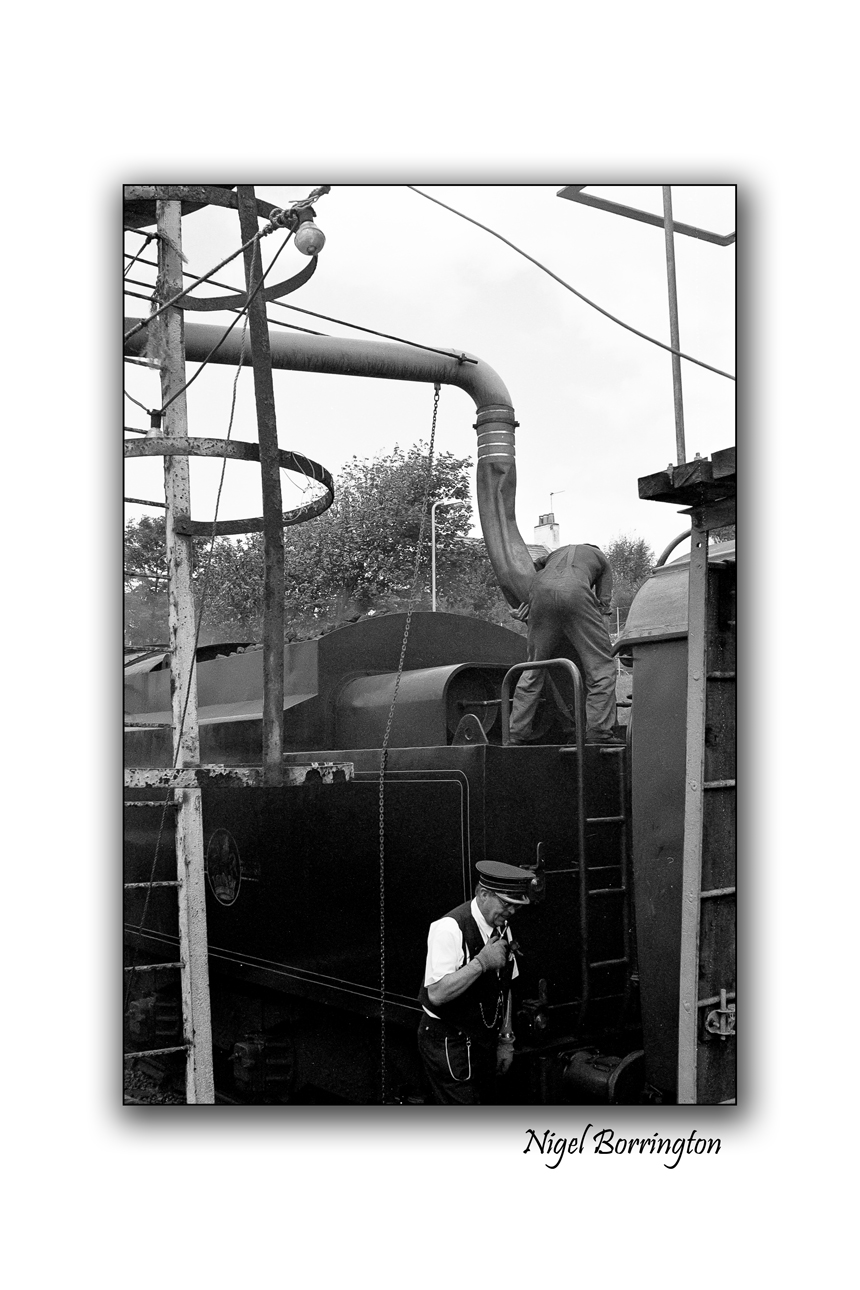

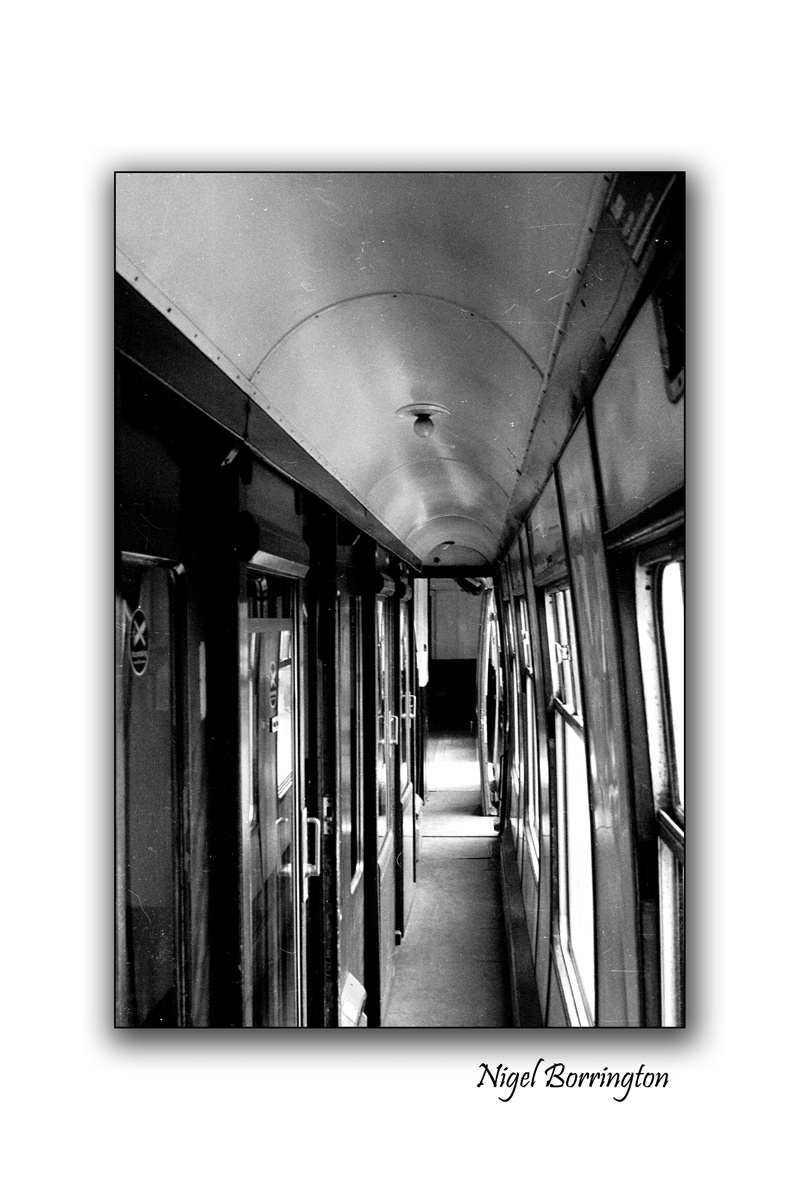
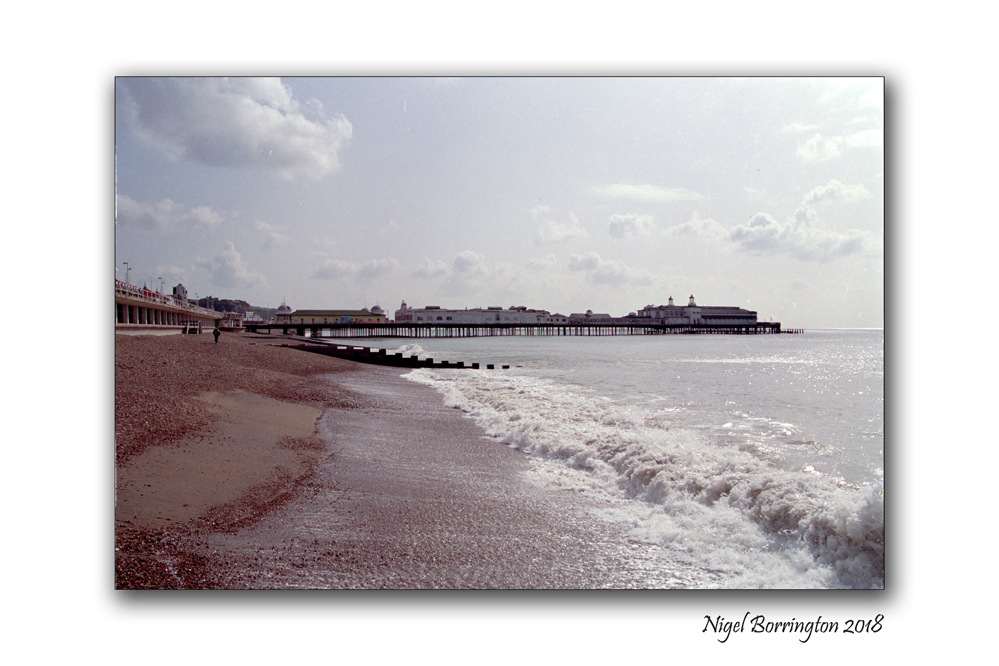
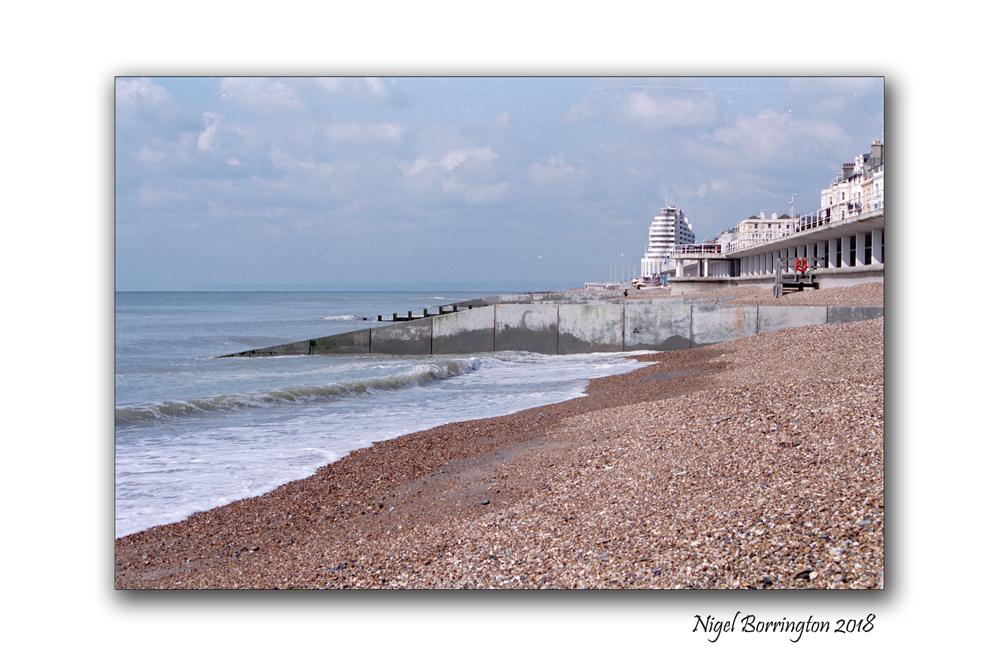








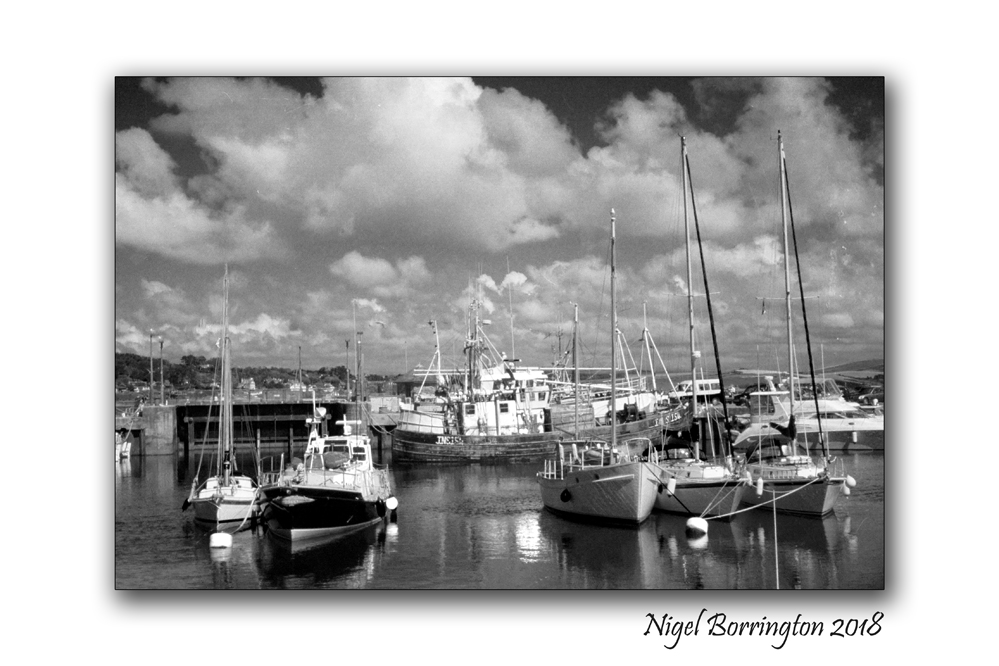
![Dorothea Lange A Chat at the O’Halloran Farm [Ireland]](https://nigelborrington.com/wp-content/uploads/2015/04/dorothea-lange-a-chat-at-the-o_halloran-farm.jpeg)
![Dorothea Lange Michael Kenneally on His 30 Acres [Ireland]](https://nigelborrington.com/wp-content/uploads/2015/04/dorothea-lange-ireland.jpeg)









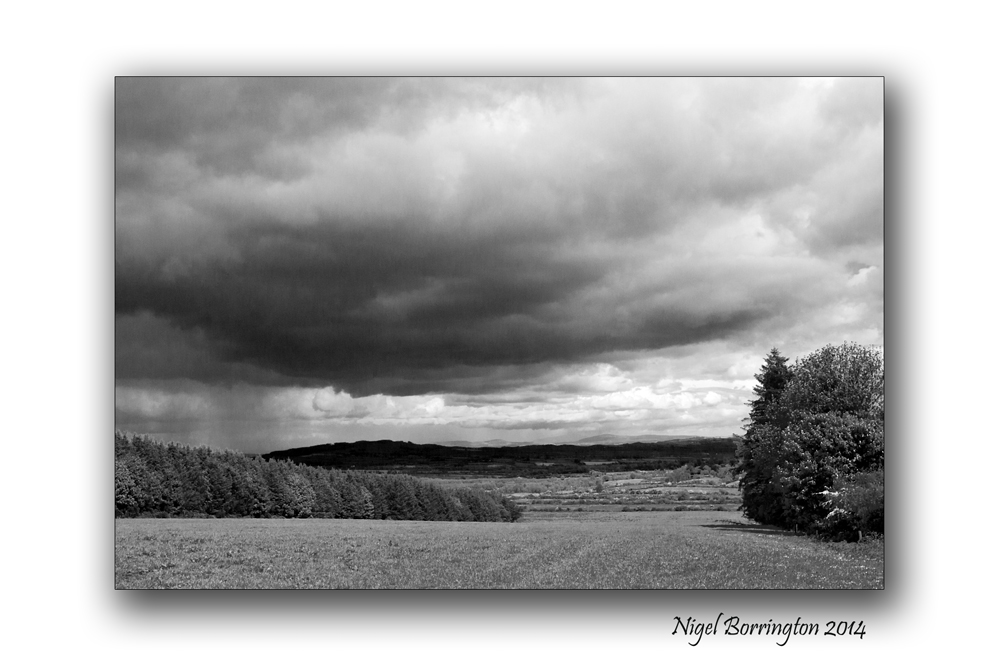
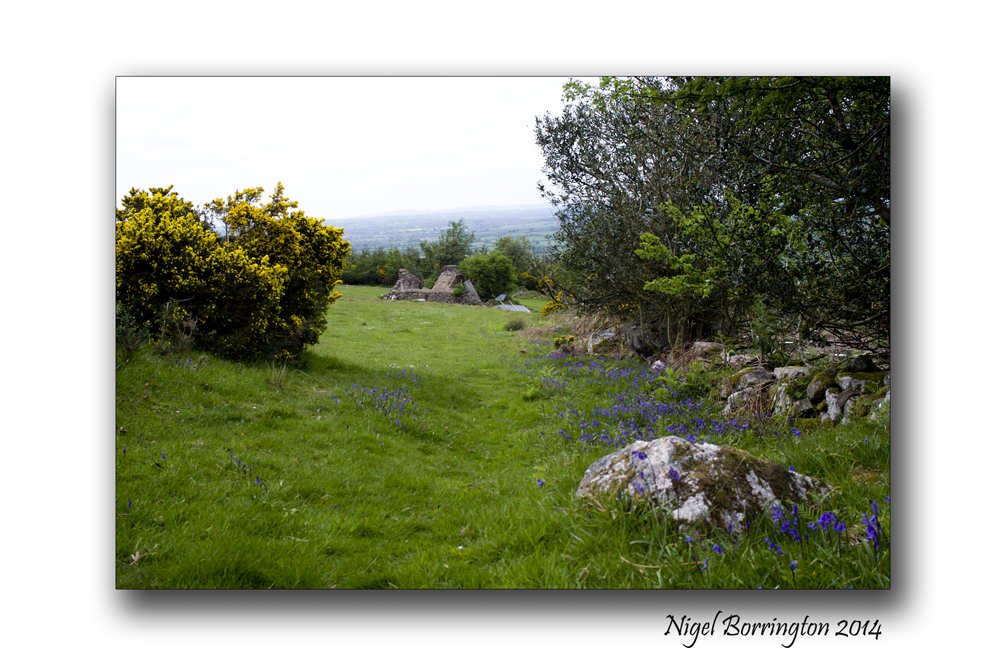


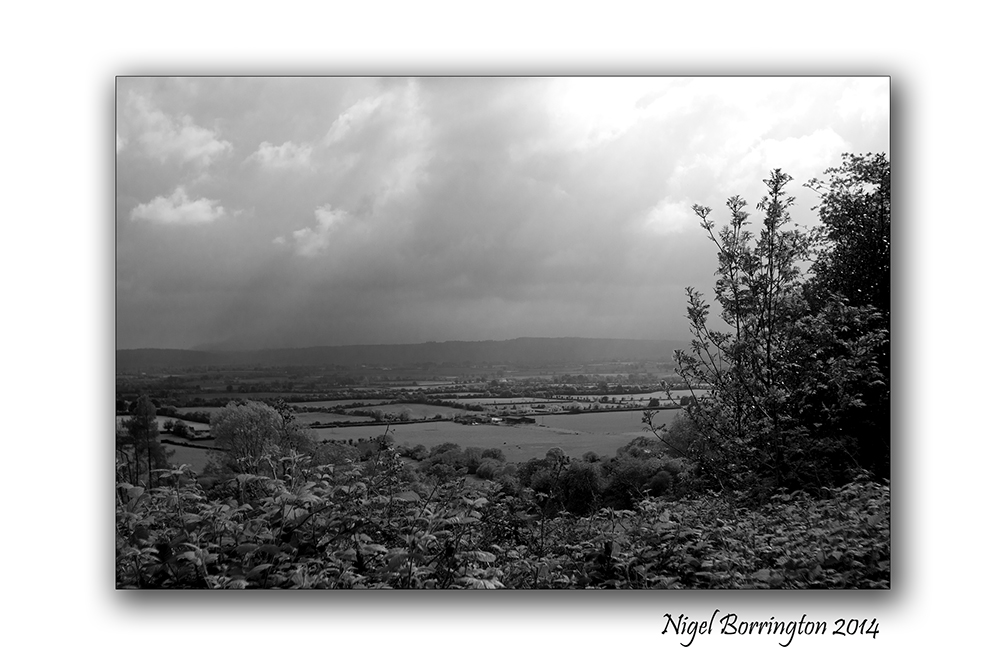
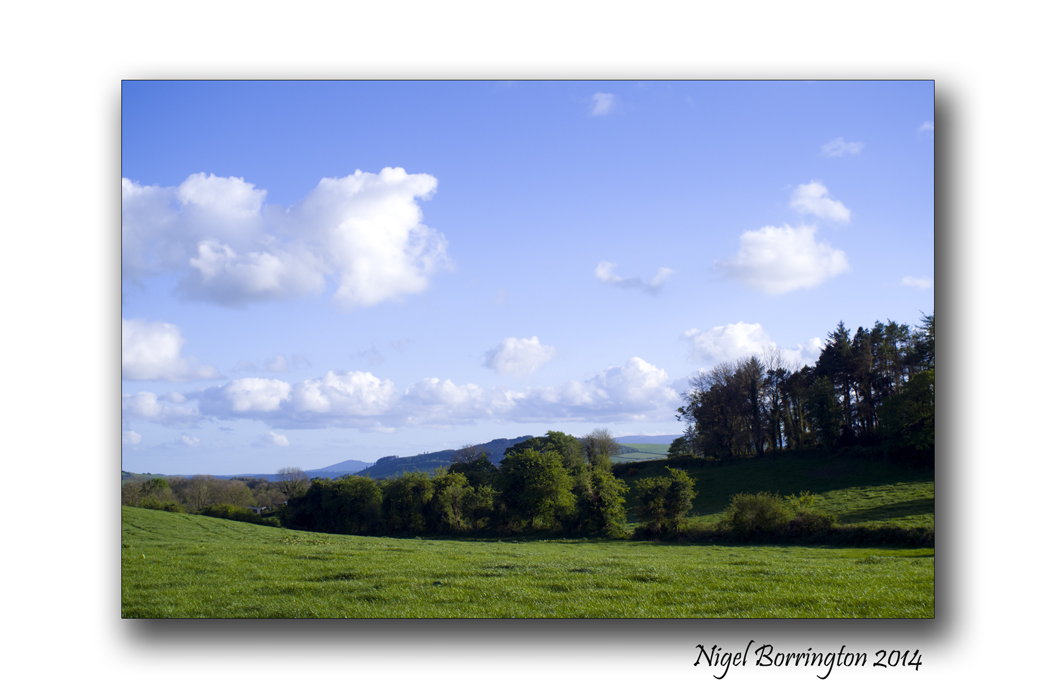





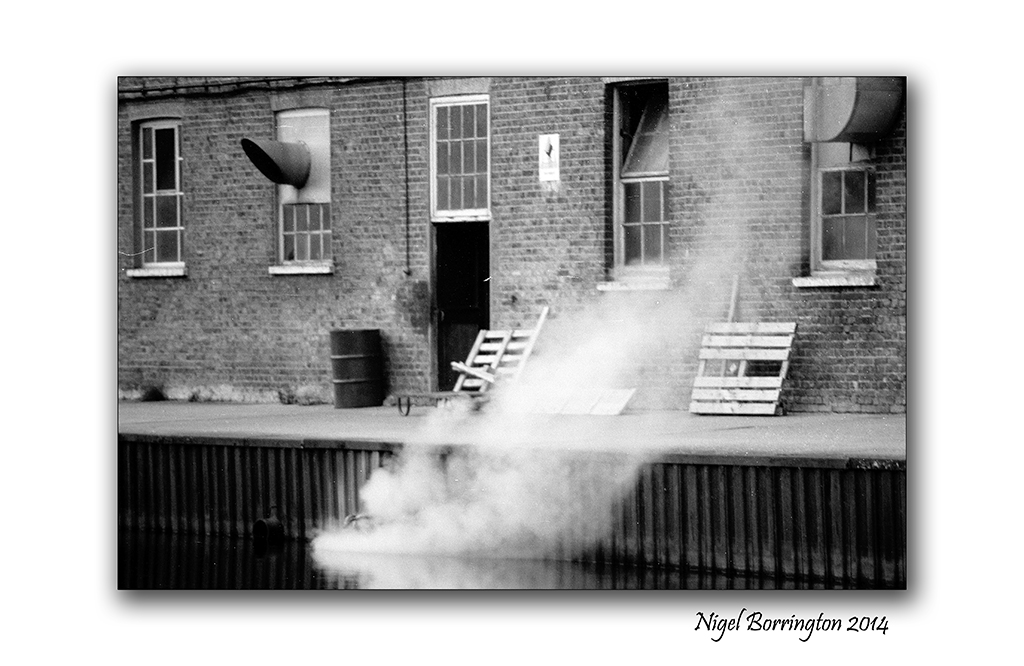



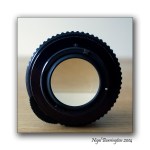
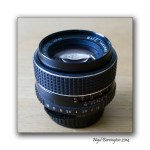











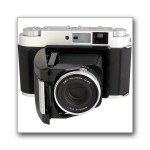



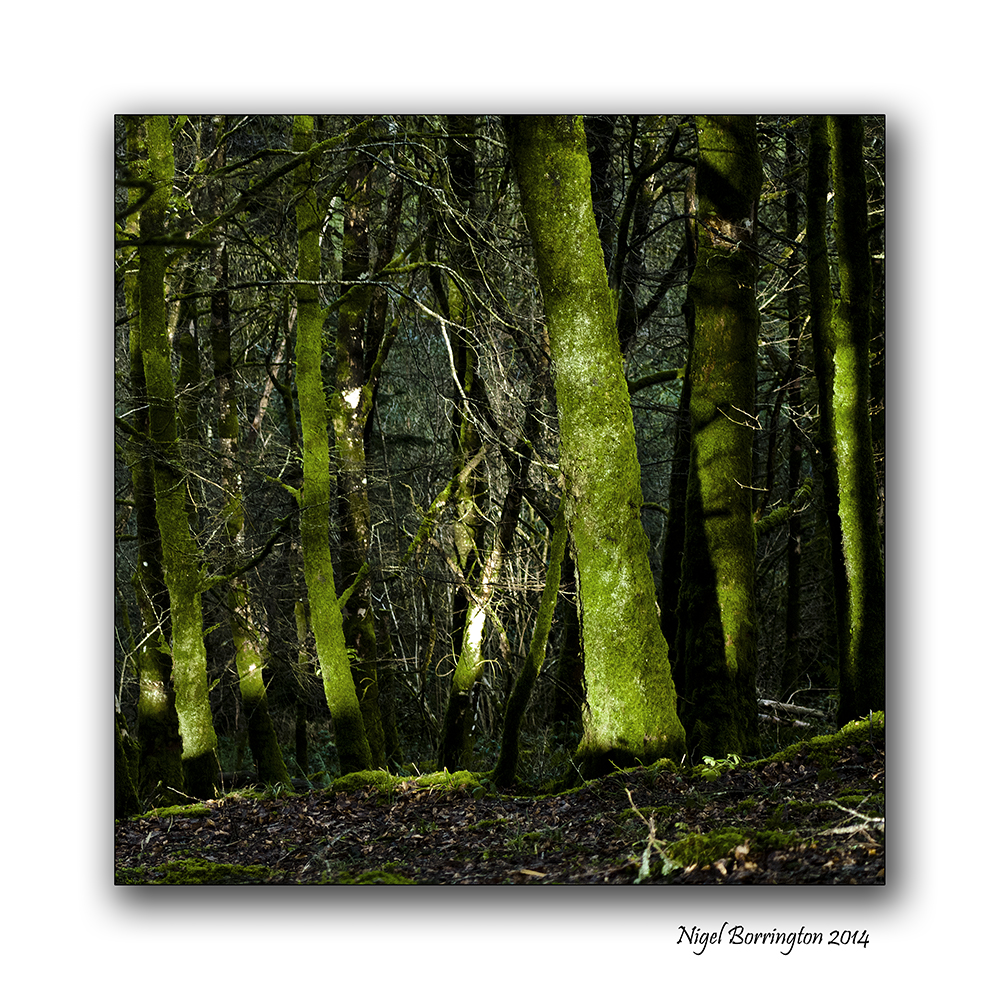
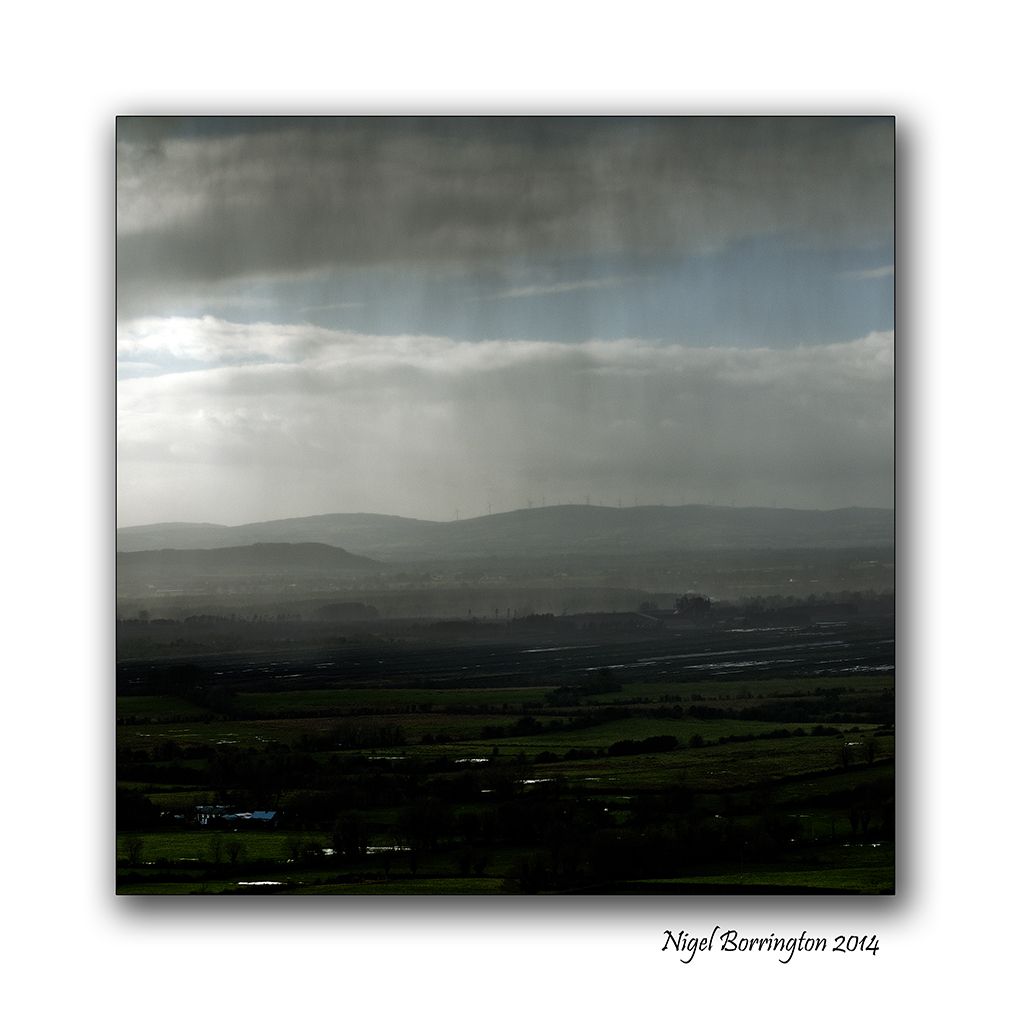


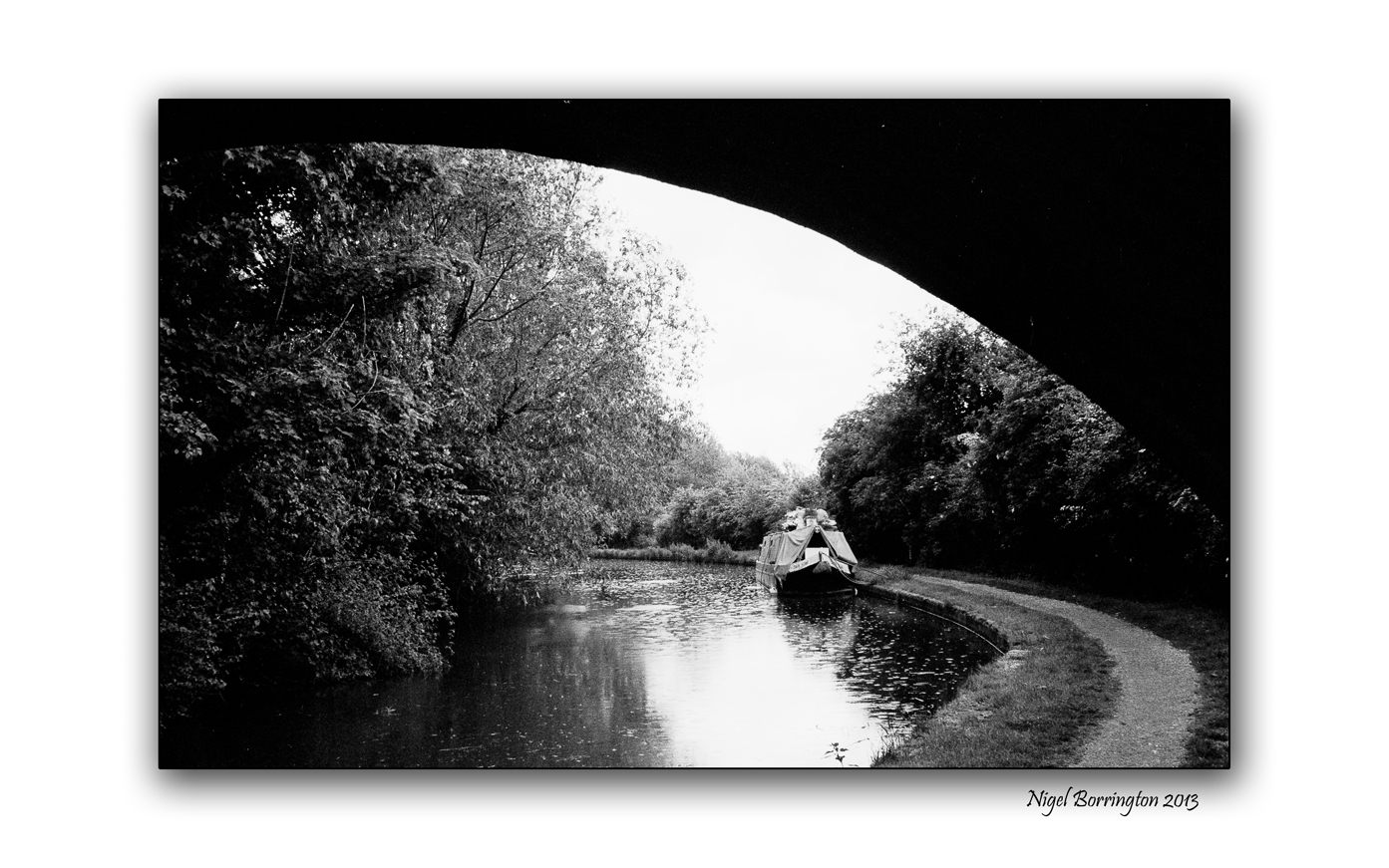




Film Friday, Irish landscape photography, Sally Gap, Wicklow Mountains, The drama of 35mm slide film
Irish Landscapes
Sally Gap
Wicklow Mountains
Nikon f90x
Kodak 200iso slide film
Nigel Borrington
From all the possible 35mm films you could use for landscape photography, I feel that slide transparency film offered the most drama and colour depth to each shot you took. Clearly you still needed to me there at the time you found the best lighting and weather conditions but to myself there was no better film available that captured dramatic colours and tones.
This image was taken on a very moody evening, sometime back as I was walking alone the road of the Sally Gap….
Sally Gap, Wicklow Mountains
On the road to Sally Gap, there are spectacular views of the surrounding blanket bog and the Wicklow Mountains. Sally Gap is one of two east-to-west passes across the Wicklow Mountains. Sally Gaps is a cross-road that leads you North to Dublin, West to Blessington, South to Glendalough or East to Roundwood.
the Sally Gap got its road after the Irish rebellion of 1798. It was built by British Army forces looking to flush rebels from the hills, and to this day is known as the Military Road.
Whatever about giving the army a better view of the rebels, the Military Road certainly provides an enviable view of some of Ireland’s most filmed scenery.
Highlights of this winding, twisting feat of engineering include the Glencree valley, the dark waters of Lough Tay, Kippure Mountain and Glenmacnass Waterfall.
Two more unusual stops are Glencree’s Visitor Centre, originally built to house soldiers guarding the pass (and now a centre for Peace and Reconciliation), and the Glencree War Cemetery, a resting place for German soldiers who died in Ireland.
Share this:
April 27, 2018 | Categories: a closer look, Comment, Film Photography, Irish Landscapes, Mountains, Solo images, Winter colour, Winter landscape | Tags: film drama, Film Friday, Ireland, Irish Landscapes, Nigel Borrington, Sally gap, slide film, Wicklow Mountains | 4 Comments